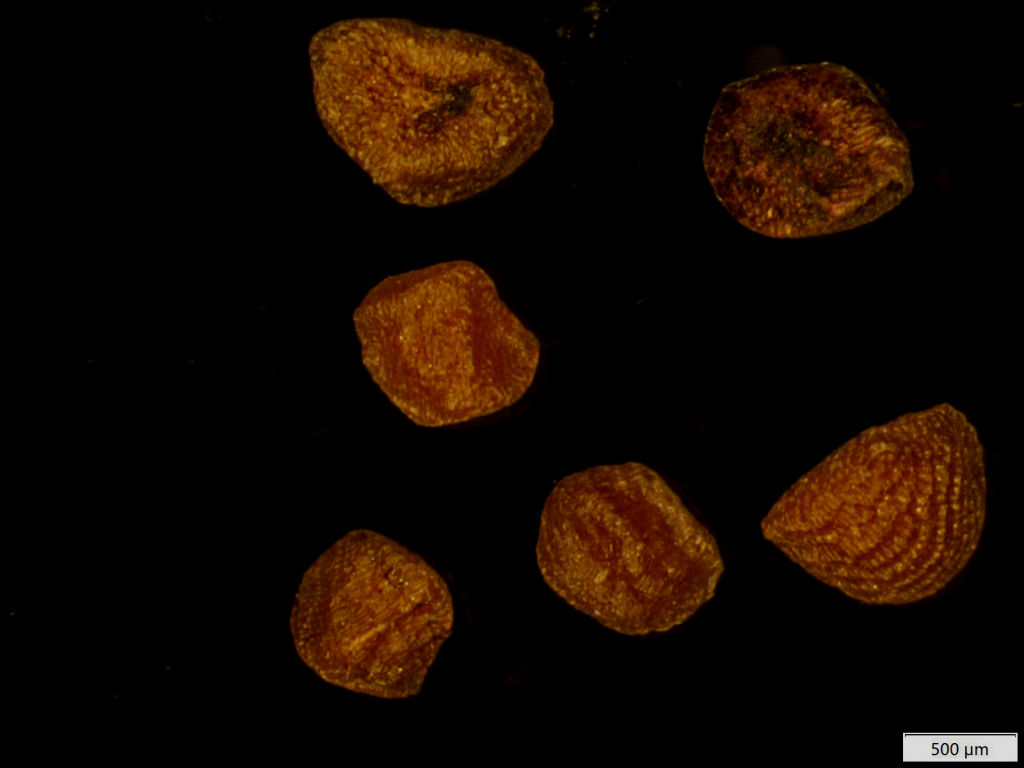Eucalyptus hawkeri
RuleMallee or slender tree to 15 m tall; bark rough, dark grey-brown, box-type, extending to mid-trunk, smooth above. Juvenile leaves petiolate, alternate, narrowly lanceolate to narrowly elliptic, to 12 cm long, 1.8 cm wide, slightly discolorous, dull, blue-green or somewhat glaucous; adult leaves petiolate, alternate, narrowly lanceolate or lanceolate, sometimes falcate, 7–12 cm long, 0.8–1.7 cm wide, glossy, olive-green, sometimes slightly bluish; side veins acute; reticulation dense with numerous, large, irregular island and intersectional oil glands. Inflorescences axillary, simple; peduncles to 1.1 cm long, 7–11-flowered; buds pedicellate, ovoid or fusiform, to 0.7 cm long, 0.4 cm diam., often glossy, no scar; operculum conical; stamens irregularly inflexed; anthers adnate, globoid; ovules in 4 vertical rows; flowers white. Fruit pedicellate, subcylindrical or barrel-shaped, to 0.7 cm long, 0.4(–0.5) cm diam.; disc descending; valves 3 or 4, below rim; seed dark brown, ovoid and slightly flattened, surface finely reticulate, helium ventral. Flowers autumn.
Wim, GGr. Apparently restricted to areas of remnant woodland around Mt Arapiles (e.g. Mt Arapiles- Tooan State Park, Jane Duff Nature Reserve, Nurcoung Flora Reserve), generally found in shallow gravely soils.
Distinguished from Eucalyptus wimmerensis by its more persistent bark and densely reticulate leaf venation.
Apparently hybridises with E. microcarpa where these two species co-occur.
 Spinning
Spinning
